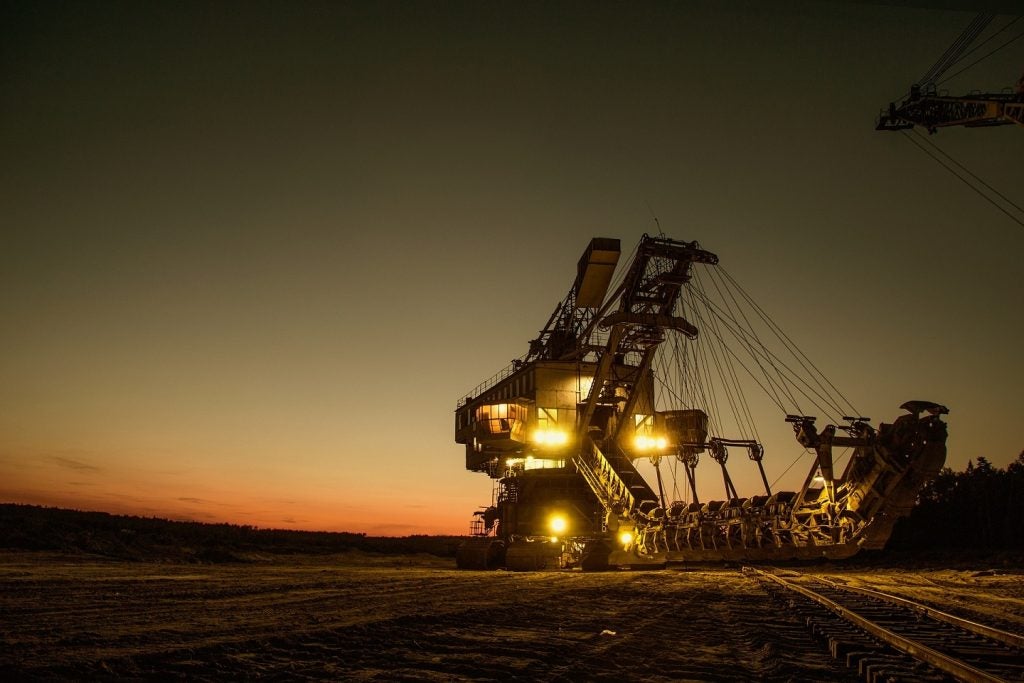The number of mining-related fatalities in West Australian mines has significantly dropped over the past 13 years, according to a report by the Department of Mines and Petroleum (DMP).
The report is aimed at raising awareness and improving safety performance within the mining industry.
DMP Resources Safety executive director Simon Ridge said that the report analysed 52 fatal mining accidents that occurred in Western Australia between 2000 and 2012.
"In the 13-year period reviewed, the mining workforce rapidly increased from 40,000 people to 100,000," Ridge said.
"Despite this, the number of fatalities per year showed a downward trend from seven in 2000 to zero in 2012, when the state recorded its first fatality free year in over a century of recorded history."
The report stated that the common reason for fatality was not identifying hazards in the workplace and that common ‘trigger actions’ for fatal accidents were equipment not being isolated and the incorrect use of safety harness equipment.
How well do you really know your competitors?
Access the most comprehensive Company Profiles on the market, powered by GlobalData. Save hours of research. Gain competitive edge.

Thank you!
Your download email will arrive shortly
Not ready to buy yet? Download a free sample
We are confident about the unique quality of our Company Profiles. However, we want you to make the most beneficial decision for your business, so we offer a free sample that you can download by submitting the below form
By GlobalDataRidge said that the results of the report would help reduce worker exposure to hazards and situations that could potentially be fatal.
The report revealed that almost half of the fatal accidents occurred when the person involved had been working at a mine site for less than a year.
"Fatigue was another contributing factor in the review, with the most common time of day for a fatal accident to occur being the last two hours of a typical day shift when a worker is more likely to lose concentration," Ridge added.
These findings identified the importance of a safety induction programme, improved safety culture and the effective implementation of management plans.


.gif)





